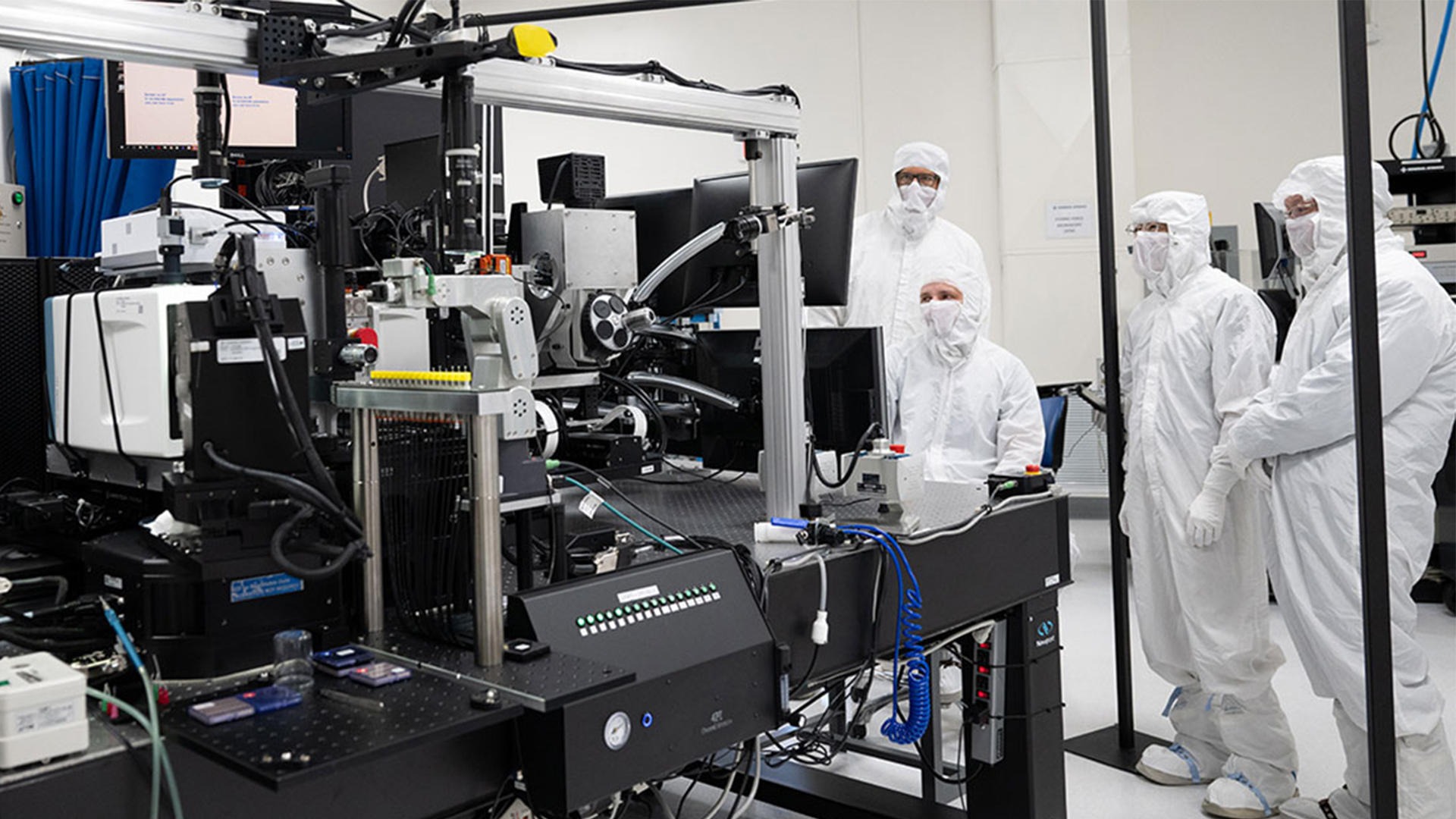World
World’s first fusion ignition breakthrough: US firm wins esteemed award

The R&D 100 awards, hailed as the “Nobel Prize” for engineers and innovators, recently recognized General Atomics as the R&D Team of the Year. They were selected because of their 4Pi system that contributed to the world’s first successful controlled fusion ignition.
Notably, the National Ignition Facility (NIF) at the Lawrence Livermore National Laboratory in the US achieved the first controlled fusion ignition using the 4Pi system.
This was the first time when scientists were able to produce more energy from fusion than the energy they used to initiate the fusion reaction. The results of this historic experiment proved that it was practically possible to produce clean energy from nuclear fusion on Earth.
“The device, known as the 4Pi Integrated Metrology System, is an unprecedented technology that has been pivotal in helping to achieve and repeat fusion ignition at the National Ignition Facility (NIF) at Lawrence Livermore National Laboratory (LLNL),” the General Atomics team wrote in a press release.
However, in order to understand the workings of the 4Pi system, one first needs to understand nuclear fusion and the details of the 2022 controlled fusion ignition experiment.
The first successful nuclear fusion ignition
When two small atomic nuclei fuse together and form a larger nucleus, they release enormous amounts of energy and heat. This process is called nuclear fusion. It occurs in stars, including our Sun, where hydrogen atoms combine to form helium. The energy and heat released during this reaction is what powers the Sun and stars.
Since the 1950s, scientists across the globe have been trying to make nuclear fusion practical on Earth to generate abundant clean energy. It took them more than seventy years to achieve controlled fusion ignition, the first step towards realizing fusion as a viable clean energy source.
During the 2022 fusion experiment, the NIF team employed the inertial confinement fusion (ICF) method. They placed a tiny pellet filled with deuterium and tritium fuel in a capsule. Next, they used 192 powerful lasers to fire at the capsule from all directions.
The lasers generated intense heat and pressure, compressing the fuel to the extreme conditions needed for nuclear fusion to occur. The energy released from this fusion reaction exceeded the energy input, making ignition possible for the first time.
According to the General Atomics team, their 4Pi system played a critical role in the success of the 2022 ignition experiment. It was used as a diagnostic tool to measure the conditions within the fusion capsule.
Role of 4Pi in nuclear fusion ignition
The fusion capsule is generally only 2 mm in diameter, and for a successful ignition, it should be free from any defects. For instance, it is made with extreme precision, with measurements smaller than one-millionth of a meter.
“The fuel capsules need to be as perfect as possible because the tiniest defects could affect the behavior of the fuel when the target is compressed—meaning abnormalities smaller than 1/100th the diameter of a human hair could stifle ignition,” the General Atomics team explained.
The 4Pi system allowed scientists to keep a check on the quality and the fusion capsule. For instance, during the capsule fabrication process, it automatically screens the capsules, detects defects, and makes precise improvements.
General Atomics’ 4Pi system integrates up to eight instruments within a unified coordinate system, including robotics, automation, batch evaluation, and machine learning technologies. This approach eliminates measurement errors that can arise from manually transferring a target between instruments. Consequently, it enables the identification of the highest-quality targets from each production batch.
Series of successful testing
Since December 2022, scientists have conducted successful fusion ignition five times, and the 4Pi system has been an integral part of these experiments. Its importance is evident from the fact that the R&D awards jury selected 4Pi out of 100s of other innovations submitted by researchers from 16 different countries.
The team behind the 4Pi system is excited after winning the R&D award, and they look forward to further advancing their technology.
“I am confident the 4Pi system will continue to play a significant role in assisting scientists to understand the fundamental principles to routinely and robustly produce fusion-ignition conditions,” Mike Farrell, vice president of Inertial Fusion Technologies at General Atomics, said.
ABOUT THE EDITOR
Rupendra Brahambhatt Rupendra Brahambhatt is an experienced writer, researcher, journalist, and filmmaker. With a B.Sc (Hons.) in Science and PGJMC in Mass Communications, he has been actively working with some of the most innovative brands, news agencies, digital magazines, documentary filmmakers, and nonprofits from different parts of the globe. As an author, he works with a vision to bring forward the right information and encourage a constructive mindset among the masses.








